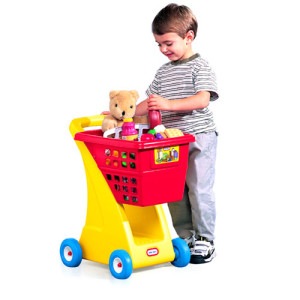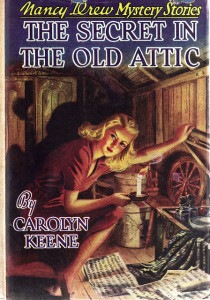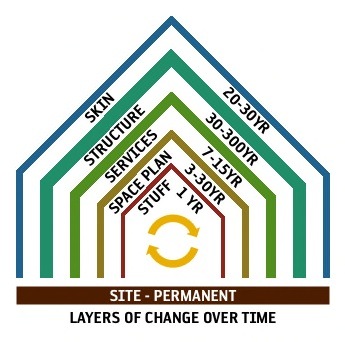 Over the course of our lives we travel what I call the “arc of acquisition”. We begin without much, and over time acquire more and more things. Some that we need. Others we just want. We begin without the ability to acquire much and, according to our circumstances, gradually gain the capacity to have more. And then more. And more again.
Over the course of our lives we travel what I call the “arc of acquisition”. We begin without much, and over time acquire more and more things. Some that we need. Others we just want. We begin without the ability to acquire much and, according to our circumstances, gradually gain the capacity to have more. And then more. And more again.
Over time this stuff accrues. Our lives and needs change. We gain mates and raise families and try new styles and take on new activities and more stuff comes with each. And sooner or later the time comes to give or throw or store it all away. First to make way for more. Later to just be able to live with less.
 I know this because I have visited hundreds of homes and been in their attics, basements, and garages, poked around their closets and cabinets, and helped people think about how to live in a better relationship with this river of stuff.
I know this because I have visited hundreds of homes and been in their attics, basements, and garages, poked around their closets and cabinets, and helped people think about how to live in a better relationship with this river of stuff.
In his wonderful book “How Buildings Learn” Stewart Brand explains that our homes are nested in parts that exist at different rates of change. From the site (the most permanent) thru the skin, the structure, the services, and the space we arrive finally at the most transient – our stuff (he illustrates this nicely with photos of a room over time – run your own mental animation of a room you know!).
Sometimes it helps to just be aware of what is at work. Once aware, we can think about how to manage, if not control, this tide. In the difficult ordeal of dealing with several family estates I learned this valuable guidance from a helpful and experienced woman hired to help with the decision making (and that is the critical part).
We would look at each item and decide:
- Do we keep this because it has a use or meaning?
- Do we give to someone we’d like to have it or who would use it?
- Is it worth trying to sell (auction, tag sale, ebay, etc.)?
- Can we donate it to a worthy cause?
…and if none of the above, we throw it away or recycle it.
If done before being stowed away for years, this simple exercise would clear most of the stuff that instead resides in most attics and basements. And then there is this example:
Our Resource Coordinator Janet was explaining her ten year old daughter’s quandary before a field trip to the Science Center last week. “Can I buy something at the gift shop she asked?” Janet said she could, but that she should look at the checklist before making a purchase with her own money. I asked Janet about this checklist, and she brought it in (printed on a business card so you can keep it with you):
- Do I already have something like this?
- Can I reuse of fix up my old ones?
- Can I rent one, borrow one, or share one with a friend?
- Is this made to last a long time?
- When I’m done with it, can I reuse or recycle what’s left?
- Can I reuse or recycle the package it comes in?
- What a good mom!
She also reminded her daughter that Christmas was coming and she might get something she liked as a gift. “Oh mom” she said, “I knew you would say that!”
She ended up coming home with a venus fly trap.
FOR MORE ON THE RELATIONSHIP BETWEEN OUR STUFF AND OUR WORLD

